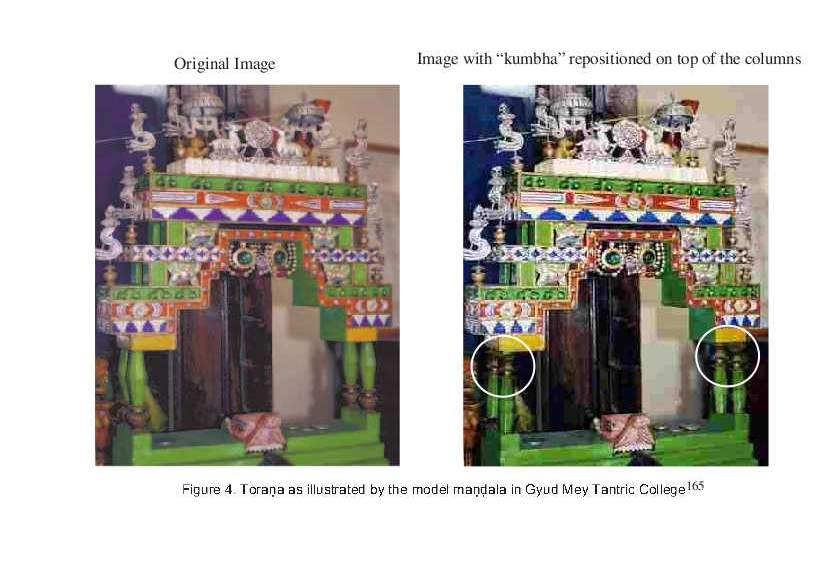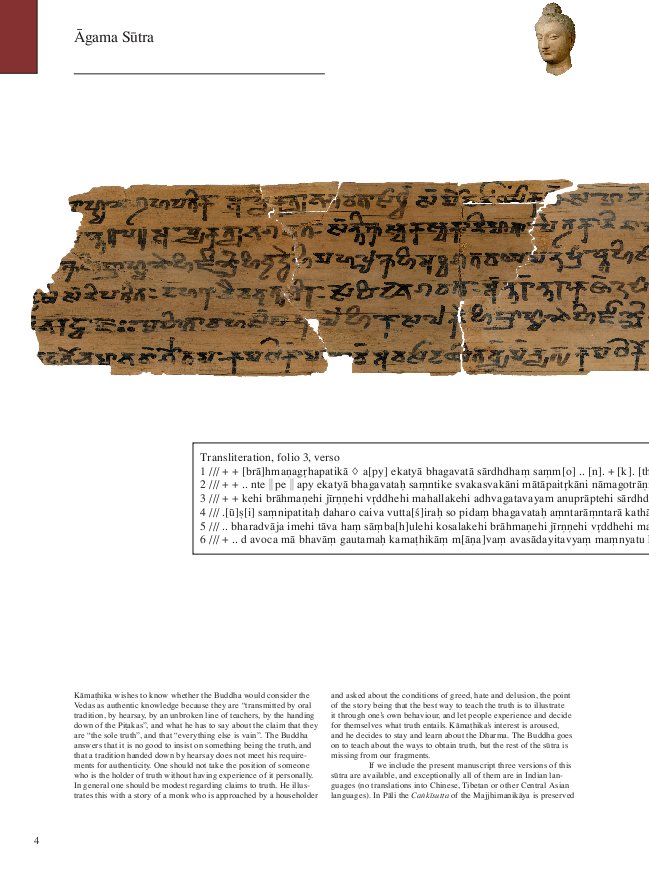 Pandit Vaidya Asha Kaji (Ganesh Raj Vajracharya); Michael Allen, ed. The Daśakarma Vidhi: Fundamental Knowledge on Traditional Customs of Ten Rites of Passage Amongst the Buddhist Newars. Kathmandu: Mandala Book Point, 2010. 191 pp. ISBN: 9789994655144. [official site (ordering details)]
Pandit Vaidya Asha Kaji (Ganesh Raj Vajracharya); Michael Allen, ed. The Daśakarma Vidhi: Fundamental Knowledge on Traditional Customs of Ten Rites of Passage Amongst the Buddhist Newars. Kathmandu: Mandala Book Point, 2010. 191 pp. ISBN: 9789994655144. [official site (ordering details)]
From the blurb:
The daśakarma begin with the birth ceremony
(jaṭābhiṣeka) and end in the ceremonial initiation of the Supreme Seniormost or Head of the Community (cakreśvarābhiṣeka). The system of the daśakarma is so instilled in the life of every Buddhist Newar that the rites have become part and parcel of the life-cycle, thus presenting as inseparable traditional and cultural rites unique among human beings on earth. […]
Asha Kaji Vajracharya (1908–1992) was one of twentieth-century Nepal’s most respected Buddhist figures. Having cultivated the traditional learning of a pandit, he became renowned in his native Lalitpur as an Ayurvedic doctor, tantric practitioner and raconteur of Buddhist lore. He published over thirty books, many of which were translations or commentaries based on Sanskrit originals, and opened up his own manuscript collection to photography by the Nepal-German Manuscript Preservation Project. He advised and collaborated with a number of foreign scholars, and became the first Newar master to teach the Buddhist tradition of the Kathmandu Valley outside Asia, touring Japan at his students’ request, and bestowing initiation into the cycle of Cakrasamvara upon a non-Newar couple for the first time in the modern era. […]
Michael Allen was born in Dublin, Ireland, in 1928. He received his B.A. degree in Philosophy from Trinity College, Dublin in 1950 and his Ph.D. in Social Anthropology from the Australian National University in 1965. He was appointed to a lectureship in Anthropology at Sydney University in 1964 and retired as Professor in 1993. ln addition to his extensive fieldwork on Newar society and religion, conducted mainly between 1966 and 1978, Professor Allen has also carried out anthropological research in Vanuatu (1958–82) and in lreland (1988–96).



 Dipak Kumar Barua. New Vajrayāna Mystic Songs from Nepal. A study on the Nava Caryāpada with texts and translations. Saarbrücken:
Dipak Kumar Barua. New Vajrayāna Mystic Songs from Nepal. A study on the Nava Caryāpada with texts and translations. Saarbrücken: 
